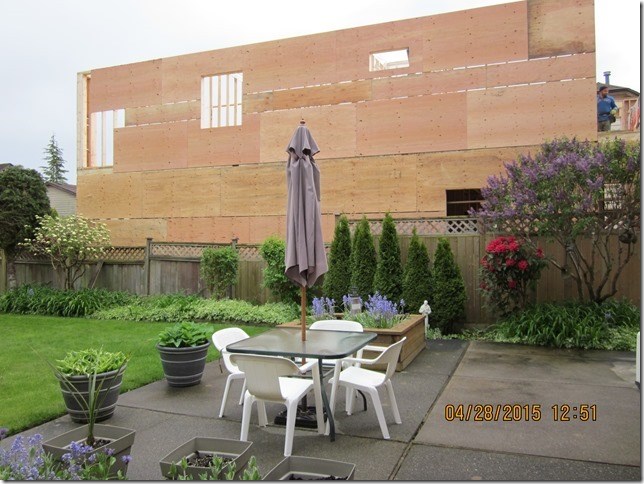It was supposed to be a compromise for the most recent round of a decades-long debate on mega homes that has pitted Richmond homeowners against developers.
“What we are recommending is a compromise on either side,” explained Deputy Chief Administrative Officer Joe Erceg of the city’s new proposed bylaw amendment, at a four-hour planning committee meeting Tuesday evening.
The changes are meant to manage the shape of new homes and how they fit in established neighbourhoods. But neither side was 100 per cent convinced.
Some spoke to specifics of the bylaw whereas others claimed there was a bigger issue; that being new residents – mostly immigrants — who have different ideals.
Homebuilder Sam Sandhu said the issue is never going to go away.
Sandhu said he faced discrimination when he built his large home for his extended family in the 1980s.
He then noted the 1990s brought wealthy Asian immigrants who “wanted to be private and not converse with anyone.” So they too built large homes. This led to jealousy and resentment from established Richmondites, said Sandhu.
“The camaraderie in the community, the communication, the social sectors; they start dissipating. …What it is is an underlying problem that will always exist.”
What is happening now is a new wave of Asian immigrants with similar desires, such as homes with large cathedral ceilings, at the expense of backyards, stated another homebuilder.
A common complaint from others was that such homes are an assault on established lifestyles, as once-private backyards are turned into walled caverns.
The proposed bylaw amendment reduces two-storey house heights by five feet, from 34 feet to 29 feet, and interior double-ceilings allowances by four feet, from 16 feet to 12 feet. Furthermore, accessory buildings will also be curtailed and home setbacks will be better managed so new walls don’t loom over other properties. However, the proposed amendment does not curtail the floor area ratio of a new home, nor does it improve enforcement mechanisms. Furthermore, the bylaw proposes to add 160 extra square feet of extra high ceiling space for a home (which would have to be to the back or middle of the home, not on the sides).
Neil Cumming, of the Westwind Ratepayers’ Association, called for clearer language in the bylaw so it wouldn’t be further misinterpreted. Fellow area resident John Terborg said the city needs better design protocol measures. He asked for the city to implement a checklist for developers and the public.
But several developers shot back, claiming more time was needed to assess the changes.
Dana Westermark, representing the Urban Development Institute, suggested a less prescriptive recipe, as he believes the new bylaw could lead to homogenous homes. He said new homes should create a “gentle transition” from old to new by comparing the design to the older surrounding stock.
Coun. Chak Au questioned how bylaw subversion could be prevented if the existing bylaw isn’t improved. As it stands Erceg admitted that there were "shortcomings" in the existing bylaw.
Amit Sandhu of Ampri Real Estate Development Group also asked for more time, citing the changes would affect his compact single-family homes. He said such changes (particularly setbacks) would shrink his homes further (as they are built close together). Erceg said the bylaws can be manipulated for specific zones, where the city may want to allow for such homes (about 1,600 square feet, in a close row).
Coun. Bill McNulty wanted more time for consultation and described the process as “trying to kill a fly with a sledgehammer.”
Coun. Linda McPhail also wanted more time but councillors Au, Harold Steves and Carol Day disagreed, choosing to send the proposal to Richmond City Council on Monday without a decision. A special public hearing is tentatively scheduled for July 6.
Should the amended bylaw pass through city council, it would be applied to potentially soon-to-be-terminated land-use contracts, which apply to roughly 4,000 homes in the city. Such properties allow for much greater home sizes than those under the existing city bylaw.



